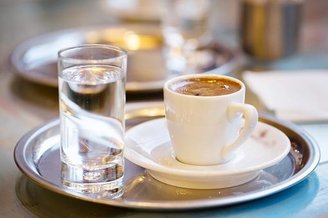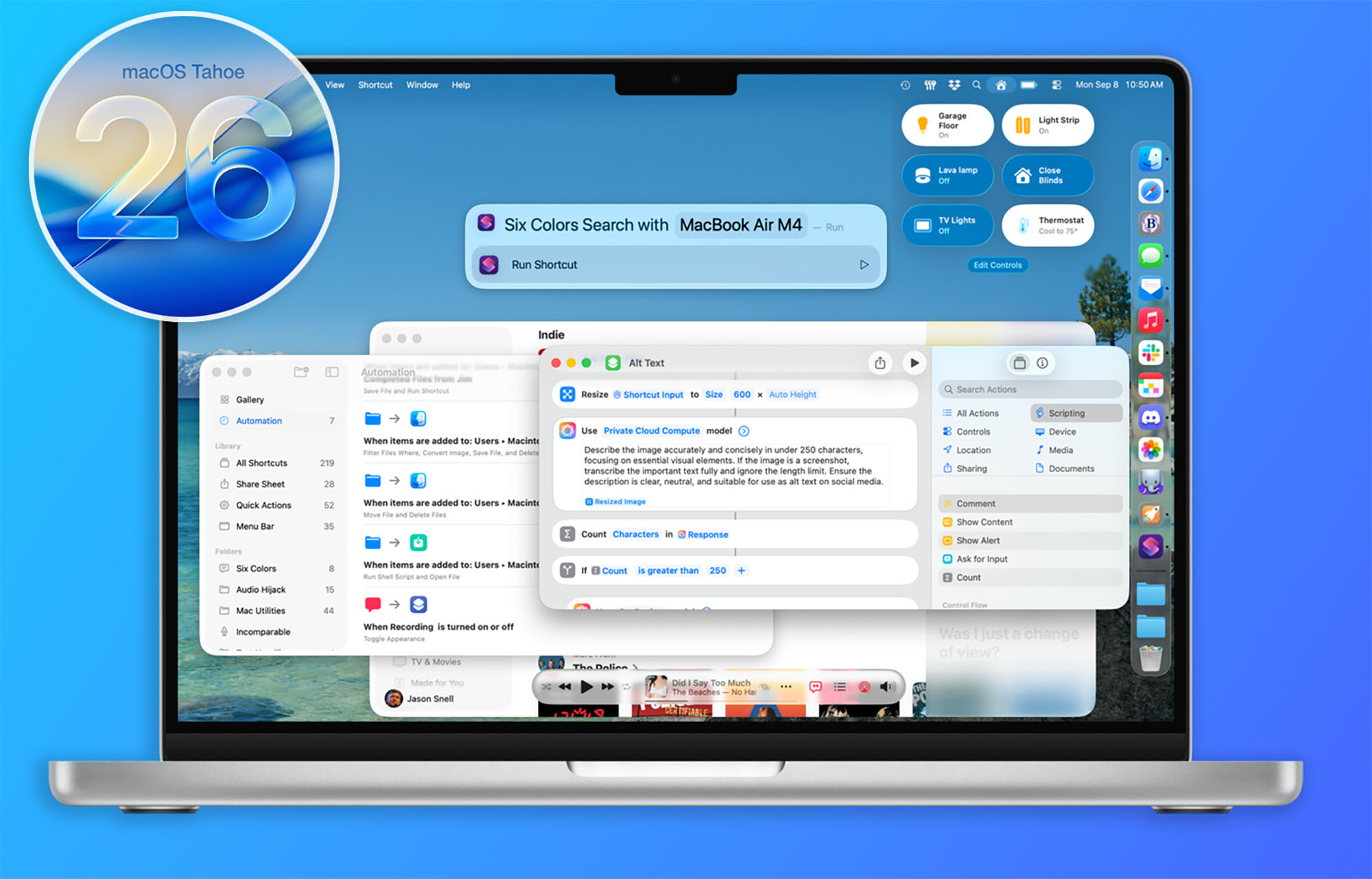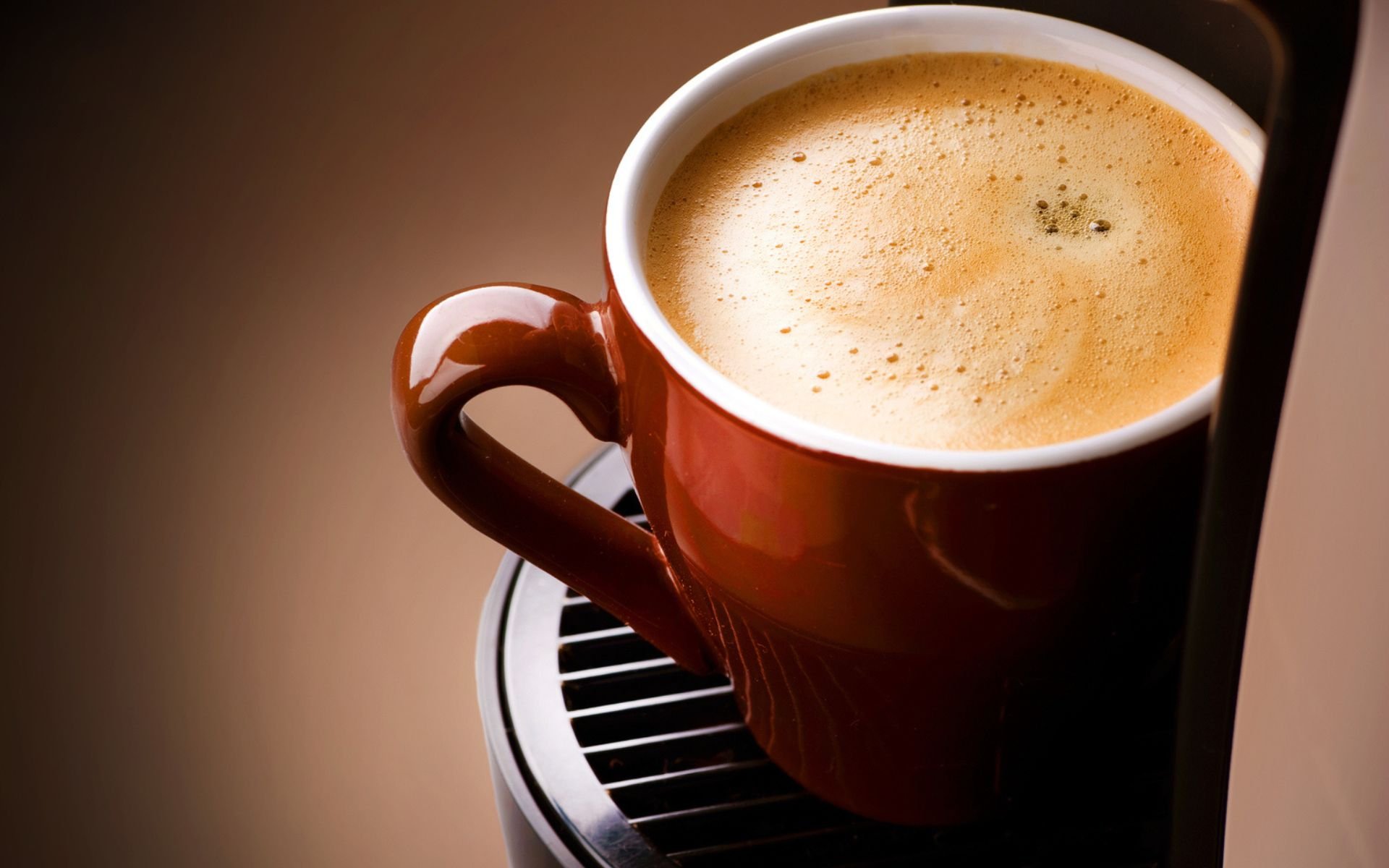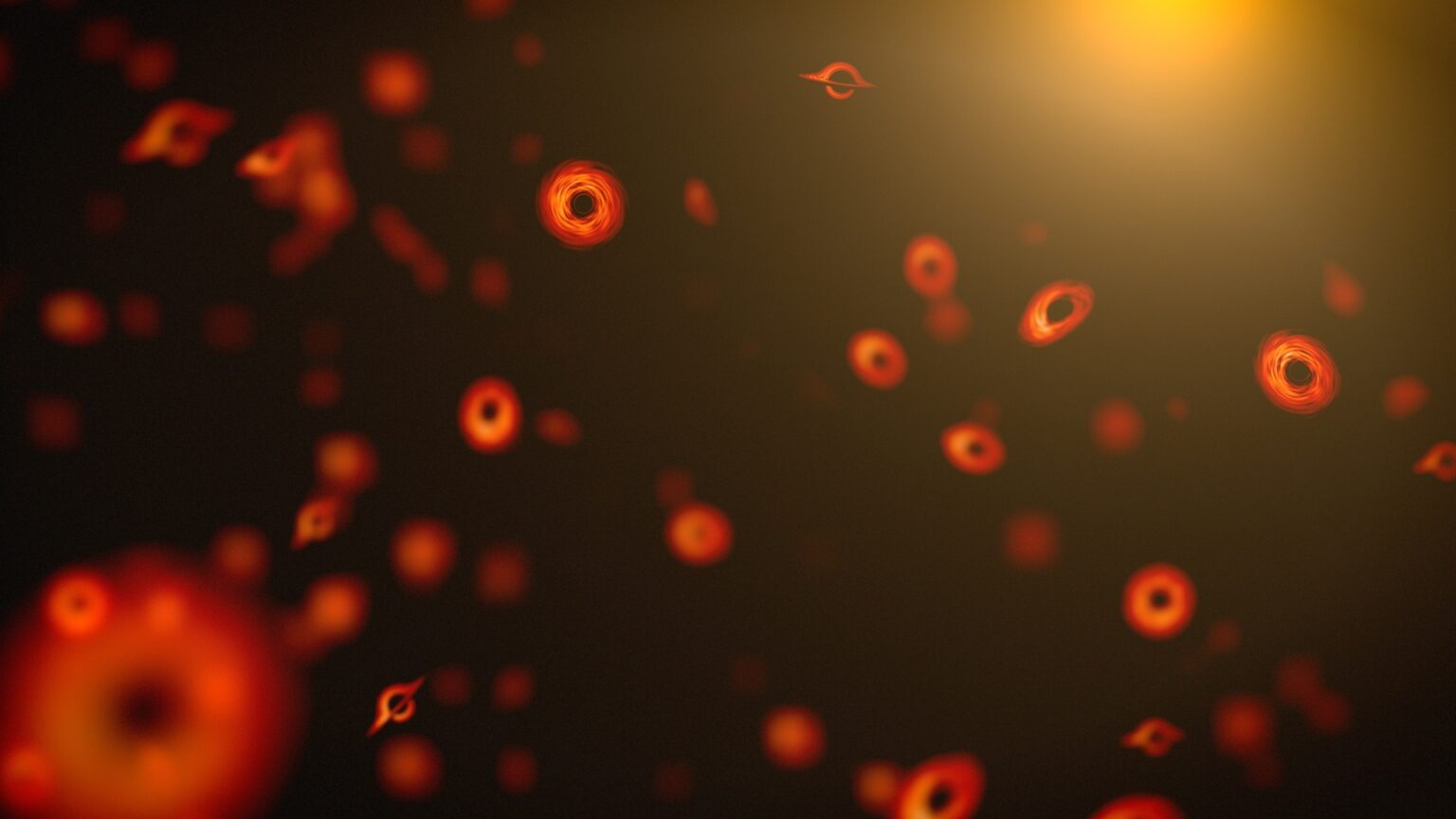Recently, a scientific study on an unusual topic that started as a joke was published in Matter magazine. Researchers suggest that coffee beans with higher internal moisture produce less static electricity. This simple recipe can solve a serious problem that arises during industrial coffee grinding.
“It’s like the beginning of a joke; a volcanologist and a coffee expert walk into the bar and then come out with a scientific paper,” says the paper’s first author, Joshua Méndez Harper, from the University of Oregon (UO) in the US. The rationale for the study was that the breaking and friction of coffee beans during grinding produces large static electric charges that cause the powder to clump together and stick to the mill.
The proposed solution – water – “not only reduces static electricity and therefore dirt during grinding, but it can also have a big impact on the strength of the drink. and potentially in the ability to achieve favorable flavors at higher concentrations,” says senior author Christopher Hendon, a computational materials chemist at the UO.
Volcanic eruptions and coffee grinding
The biggest problem highlighted in this research is that when grinding coffee beans, they slide towards each other in a process called triboelectrification.
Interestingly, this deposition also occurs in a volcanic eruption; Here “the magma is separated into many small particles coming out of the volcano in this big cloud and […] “They rub against each other and charge each other enough to produce lightning,” Harper says.
To test their hypothesis, the team measured the static electricity generated when grinding various coffee beans at different roasts, caffeine levels, countries of origin, and moisture contents.
What did researchers discover while grinding coffee?

No connection was found between static electricity after grinding and country of origin or coffee processing method. However, the researchers found clear relationships between electrification and water content, roast color and particle size. As a result, it turned out that coffees with high internal humidity produced less electricity.
Reveal! Does drinking coffee to wake up really work? Scientists explain possible placebo effect
During the roasting process, they noticed that “light roasts produced less charge and were more likely to have a positive charge, while darker roasts were more likely to be positive.” — they also tend to be drier — negatively charged and produced greater overall charge,” the study says.
Finally, the team tested whether grinding with water would have any effect on the preparation of espresso. When comparing the concentrate made from the same coffee beans but ground with or without splashing water, they concluded that grinding with water produced a longer extraction time and a stronger beverage.
Did you like the content? Stay up to date with more scientific curiosities like this at TecMundo, plus get the opportunity to read research suggesting coffee may help treat Alzheimer’s.
Source: Tec Mundo
I’m Blaine Morgan, an experienced journalist and writer with over 8 years of experience in the tech industry. My expertise lies in writing about technology news and trends, covering everything from cutting-edge gadgets to emerging software developments. I’ve written for several leading publications including Gadget Onus where I am an author.













